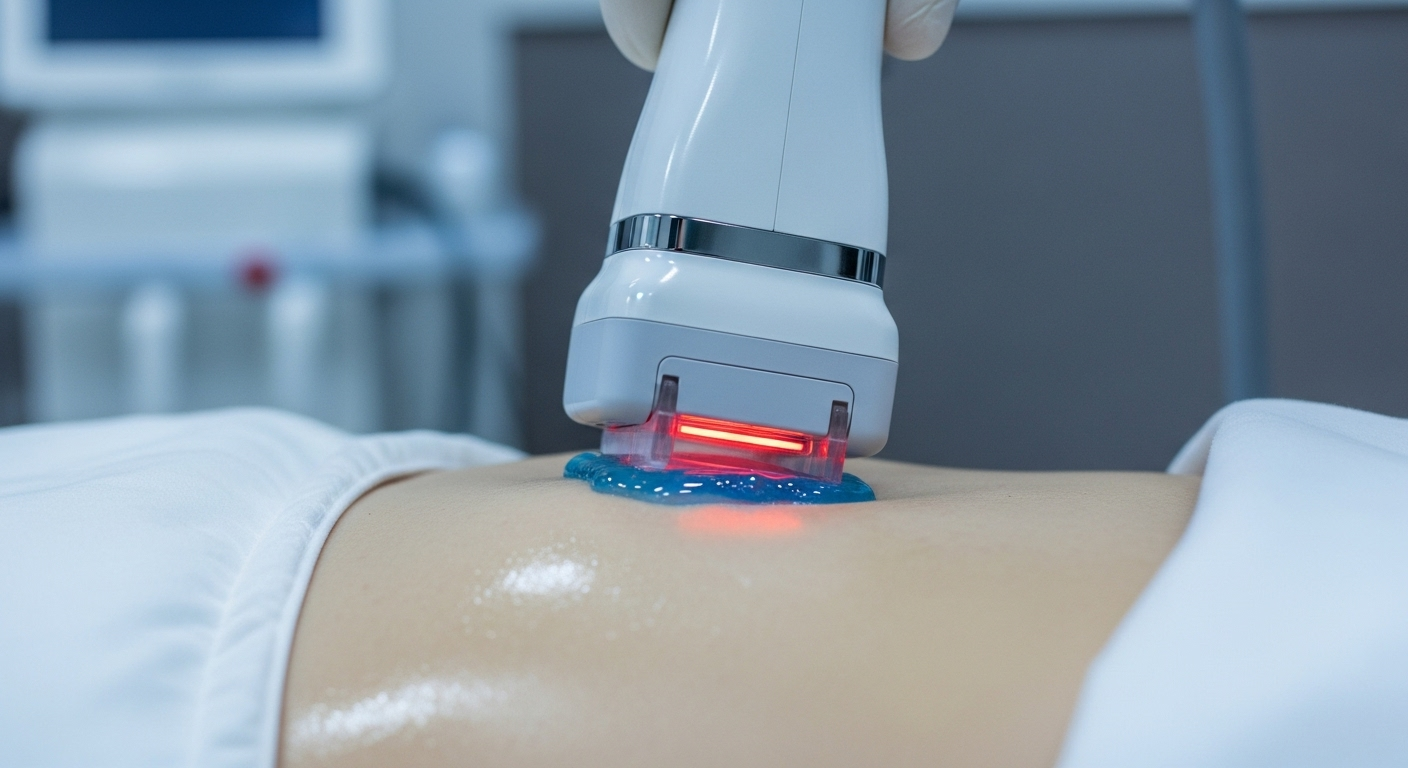Complete Laser Hair Removal Guide to Smooth Skin Safely
Discover how laser hair removal delivers long-lasting hair reduction and smoother skin. This guide explains which body areas can be treated, what to expect during sessions, possible side effects, typical session counts, cost considerations, and how to choose the right provider. Learn whether laser hair removal fits your lifestyle and skin type, and get tips for safer, more effective treatments.

Which Body Areas Can Be Treated?
Laser hair removal is adaptable and can address hair growth on many parts of the body. Commonly treated zones include the upper lip, chin and sideburns on the face; underarms; full or partial legs; the bikini area; back and shoulders; and the chest and abdomen. Practitioners can tailor settings to target specific trouble spots, allowing for individualized plans based on hair density, skin sensitivity, and the patient’s aesthetic goals.
What Happens During a Session?
Appointments typically begin with cleansing the area and marking problem zones if needed. A cooling gel or a built-in cooling mechanism is often used to protect the skin and increase comfort. The technician passes a handheld laser device across the treatment zone, delivering short pulses of concentrated light that are absorbed by the pigment in hair follicles. Many people describe the sensation as a quick snap or a mild stinging feeling. Modern systems incorporate cooling to reduce heat and discomfort.
Session length depends on the size and location of the area treated: the upper lip may take only a few minutes, whereas full legs or the back could require an hour or more. Because lasers are most effective when hair is in its active growth (anagen) phase, multiple treatments spaced weeks apart are necessary to catch hairs as they cycle.
Possible Side Effects and Risks
When performed by trained professionals, laser hair removal has a strong safety record, but side effects can occur. Common, usually temporary reactions include redness, swelling, and mild irritation or itching at the treated site. People with darker skin tones may be at a higher risk of temporary changes in pigmentation—either lightening or darkening—if the settings aren’t optimized for their skin type. Rarely, patients may experience blistering, crusting, or scarring, particularly if aftercare instructions are not followed.
To reduce risk, follow pre- and post-treatment guidance from your provider: avoid sun exposure and tanning beds for several weeks before and after treatment, stop using certain exfoliating or photosensitizing skin products as advised, and refrain from plucking or waxing prior to sessions so the laser can target the follicle.
How Many Treatments Will You Need?
The number of sessions varies by individual factors such as hair color and thickness, skin tone, and the anatomical area being treated. On average, most clients undergo between six and eight sessions spaced four to six weeks apart. Facial areas may require shorter intervals (often four weeks), while larger body zones might need a longer gap.
Complete permanence is not guaranteed—hormonal changes, aging, and other factors can reactivate dormant follicles. However, regrowth is typically sparser, finer, and lighter in color compared with pre-treatment hair, making it less noticeable and often requiring only occasional maintenance touch-ups.
Cost Considerations and Provider Comparison
Pricing varies significantly depending on the provider, the laser technology used, geographic location, and the size of the area treated. Below is a comparative overview of several well-known providers and typical per-session costs to help you get a sense of the market.
| Provider | Treatment Areas | Cost Estimation (per session) | Key Features |
|---|---|---|---|
| Ideal Image | Face, body | $150 - $800 | Multiple laser platforms, lifetime guarantee options |
| LaserAway | Face, body | $200 - $900 | Free consults, membership plans available |
| Milan Laser | Face, body | $150 - $750 | Packages with unlimited sessions offered |
| Sev Laser | Face, body | $150 - $700 | Multi-location clinics, celebrity endorsements |
Prices, rates, or cost estimates mentioned in this article are based on the latest available information but may change over time. Independent research is advised before making financial decisions.
Choosing the Right Provider
Selecting a qualified clinic matters for both safety and results. Seek licensed practitioners with experience in laser hair removal and devices appropriate for your skin type. Ask about the specific laser systems they use (e.g., Alexandrite, Diode, Nd:YAG) and why a particular platform is recommended for you. Request to see before-and-after photos and testimonials, and confirm what pre- and post-care instructions they provide. Some clinics offer patch tests to check skin response on a small area before full treatment.
Consider whether the clinic offers package deals, maintenance plans, or guarantees—and read the fine print. Cheaper isn’t always better if the practitioner lacks training or uses outdated equipment.
Is Laser Hair Removal the Right Choice for You?
Laser hair removal can be an excellent solution if you want to reduce frequent shaving, prevent recurring ingrown hairs, or free up time spent on waxing and tweezing. It’s particularly effective for individuals with darker, coarser hair and lighter skin, although newer technologies have expanded options for many skin tones.
If you have hormonal conditions that promote hair growth (for example, polycystic ovary syndrome), discuss expectations with your provider—ongoing hormonal influences may mean more maintenance. Also weigh the upfront investment against the long-term reduction in time and money spent on temporary hair removal methods.
Before committing, schedule a consultation to evaluate your skin and hair, discuss possible outcomes, and set realistic expectations. Providers can help tailor a treatment schedule and recommend complementary skincare steps to maximize safety and effectiveness.
This article is for informational purposes only and should not be considered medical advice. Please consult a qualified healthcare professional for personalized guidance and treatment.






